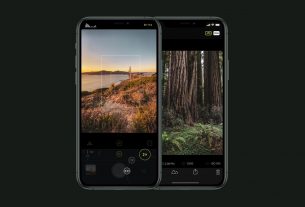What is an algorithm? We can say algorithms are certain set of rules according to which things can function properly. So, when we talk about a YouTube algorithm it mostly depicts how people watch their videos on YouTube and why. Watching a video can have lots of purposes. From trying to learn cooking, to understanding a topic, to converting a new song on YouTube to mp3 so that they are the first ones to get the song, regardless of the reason if you are a creator, being able to tap into the algorithm to boost ones views is a major part of becoming successful as a youtuber.
YouTube usually is not known for being super transparent with creators or advertisers about how the proverbial sausage is made. So, in this article we are going to take a look at the history of YouTube’s priorities when it comes to helping viewers discover new videos. We are going to lay out how the algorithm works and its related intricacies.
The algorithm timeline
For the years of 2005 to 2012, view count or clicks was used as a way to generate views. For the first seven years since YouTube was started in 2005, it rewarded videos that got clicks, rather than the ones that kept users engaged. Obviously, this system had a tendency to show people a lot of clickbait: misleading titles and thumbnails proliferated. Users would click, but then feel tricked, probably a little annoyed, and then abandon videos partway through. Eventually, YouTube realized that their user experience was going down the drain and changed methods.
In 2012, the platform announced an update to the discovery system designed to identify the videos people actually want to watch. By prioritizing videos that hold attention throughout (as well as increasing the amount of time a user spends on the platform overall) YouTube could assure advertisers that it was providing a valuable, high-quality experience for people. Meanwhile, YouTube was also encouraging creators to stop fussing with algorithm optimization (i.e., making videos shorter to get a higher retention rate, or making them longer in order to rack up more watch time). Instead, as it still does today, YouTube encouraged people to just “make videos people want to watch.”
In 2016, YouTube released a whitepaper that made some waves. In it, product engineers described the role of deep neural networks and machine learning in the platform’s recommendation system Of course, for all the impressive jargon, this whitepaper was not a tell-all. At this point, we still do not know that many details about what is under the YouTube algorithm’s hood. But we do know that it tracks viewers’ perceived satisfaction to create an addictive, personalized stream of recommendations.
According to YouTube CEO Susan Wojcicki, YouTube is taking its responsibilities seriously, and trying to balance a broad, fair range of opinions with making sure that outright dangerous information does not spread. For instance, YouTube says that algorithm changes in early 2019 have led to 70% less watchtime for “borderline” content. (Borderline content is defined as content that doesn’t quite violate the platform’s community guidelines but is harmful or misleading.)




